Men’s Baldness vs Women’s Hair Loss: Causes, Differences, Treatments & What Science Says-Part-2
Mesoderma Admin
0 comments
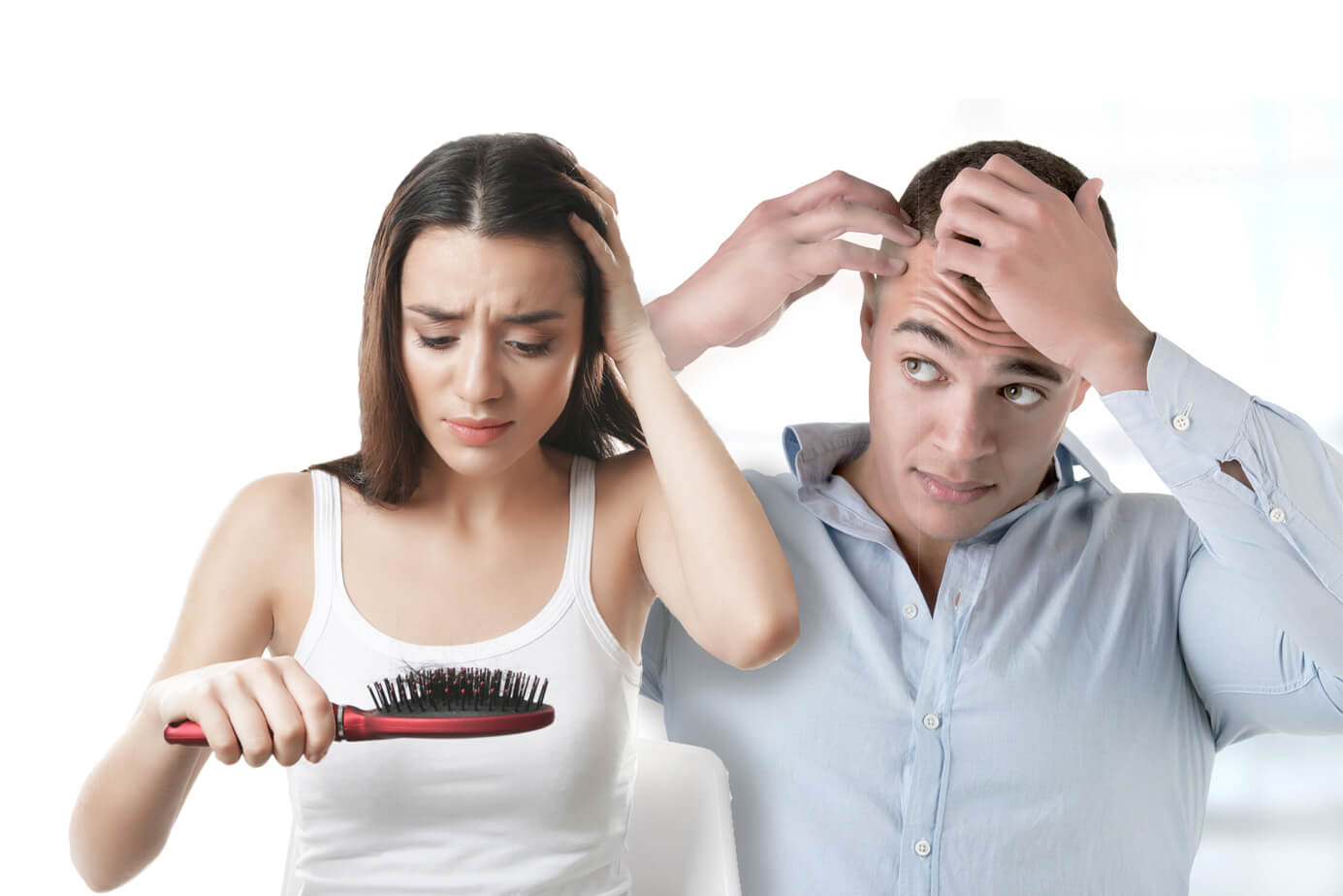
Hair is more than just strands of protein. It is deeply tied to identity, self-esteem, and social image. That’s why hair loss, whether in men or women, often feels devastating. But what many people don’t realize is that:
Men and women lose hair differently.
The causes, patterns, hormones, and emotional effects are unique for each gender.
And the way we should diagnose and treat them also varies.
This comprehensive guide dives into:
-
The science behind male baldness vs female hair loss
-
Common vs unique factors causing hair loss
-
Body design and brain differences that influence hair thinning
-
Real-life case studies
-
FAQs answered by science
-
Myths vs Facts (to clear confusion)
-
Treatment options that work
By the end, you’ll have a clear roadmap of why hair loss happens, how men and women differ, and what you can do about it.
1. Understanding Male Baldness
Pattern
-
Receding hairline (forming an M-shape)
-
Thinning at the crown
-
Over time → both areas join, leaving hair only on the sides and back
Science Behind It
-
Driven by DHT (dihydrotestosterone).
-
DHT attaches to genetically sensitive follicles, causing them to shrink (miniaturization).
-
Each growth cycle produces finer, shorter hair until growth stops.
Timeline
-
Starts as early as late teens or 20s.
-
By 50, half of all men show significant baldness.
-
By 70, it affects 70% of men.
2. Understanding Female Hair Loss
Pattern
-
Diffuse thinning over crown and top.
-
Hairline usually intact.
-
Widened parting line is often the first visible sign.
-
Rarely ends in complete baldness.
Science Behind It
-
Estrogen protects follicles. When estrogen drops (menopause, postpartum), thinning accelerates.
-
Androgens also play a role, but systemic issues (thyroid, PCOS, anemia) contribute heavily.
Timeline
-
Starts later than men (usually 30s–40s).
-
Becomes more obvious after menopause.
3. Common Causes in Both Genders
-
Genetics – Family history = higher risk.
-
Hormones – Testosterone & androgens in both genders.
-
Nutrient Deficiency – Protein, iron, vitamin D, biotin, zinc.
-
Aging – Follicles shrink naturally with age.
-
Stress – Can cause telogen effluvium (sudden shedding).
-
Medications – Chemo, blood thinners, isotretinoin, steroids.
-
Scalp Issues – Psoriasis, fungal infections, dermatitis.
4. Unique Causes
Men |
Women |
High DHT sensitivity |
Estrogen decline, postpartum changes |
Bald patches (predictable pattern) |
Diffuse thinning |
Early onset (20s–30s) |
More after 40s |
Stronger genetic factor |
Strong link to PCOS, thyroid, anemia |
May go fully bald |
Rarely complete baldness |
5. Case Studies
Case Study 1: A 28-Year-Old Man with Early Baldness
Rohit, a software engineer, noticed his hairline receding at 26. His father and grandfather were bald by 40.
-
Diagnosis: Male pattern baldness (Stage III Norwood scale).
-
Treatment: Finasteride + Minoxidil + PRP sessions.
-
Outcome (12 months): Hairline stabilized, new growth at crown, baldness progression slowed significantly.
Case Study 2: A 42-Year-Old Woman with Diffuse Thinning
Meena, a homemaker, noticed thinning after menopause. She also had mild hypothyroidism.
-
Diagnosis: Female pattern hair loss + thyroid imbalance.
-
Treatment: Minoxidil (2%), thyroid medication adjustment, iron and vitamin D supplementation.
-
Outcome (10 months): Improved density, hair shedding reduced, scalp visibility decreased.
Case Study 3: Stress-Induced Hair Loss in Both Genders
During the COVID-19 pandemic, both men and women reported sudden shedding. Many had no baldness history.
-
Diagnosis: Telogen effluvium (stress + illness).
-
Treatment: Stress management, nutrition, biotin supplementation.
-
Outcome: Hair recovered in 6–9 months without permanent baldness.
6. Body Design Differences Affecting Hair
Hormones
-
Men: High testosterone → more DHT → more baldness.
-
Women: Estrogen shields follicles until menopause.
Muscle & Fat
-
Men: More muscle, less fat → stronger androgen effects.
-
Women: More subcutaneous fat, less testosterone → diffuse thinning.
Skin & Hair
-
Men: Thicker skin, oilier scalp, coarse hair.
-
Women: Finer hair, thinner skin.
7. Neurons & Hair Loss Perception
Biology isn’t just about follicles; it’s also about the brain and emotions.
-
Men:
-
Larger brains, better spatial wiring.
-
Often rationalize baldness as “natural.”
-
Many adopt bald look confidently.
-
Women:
-
More cross-hemisphere connectivity (emotional + language centers).
-
Stronger association of hair with femininity & attractiveness.
-
Emotional toll is heavier → higher anxiety and depression.
8. Psychological Impact
-
Men: Some embrace baldness as masculine; others feel old, unattractive.
-
Women: Hair loss can feel like loss of identity → social withdrawal, low self-worth.
9. Myths vs Facts
Myth |
Fact |
Hair loss only comes from your mother’s side |
Genetics from both parents matter |
Wearing caps causes baldness |
Caps do NOT cause baldness |
Oil massage stops baldness |
Oils improve scalp health but do NOT block DHT |
Bald men have more testosterone |
Not true – baldness is about follicle sensitivity to DHT |
Women don’t go bald |
Women rarely go completely bald, but thinning is very common |
10. Treatment Options
1. Topical Treatments
-
Minoxidil (2%–5%) → stimulates follicles.
2. Oral Medications
-
Men: Finasteride (DHT blocker).
-
Women: Spironolactone (anti-androgen, especially in PCOS).
3. Advanced Treatments
-
PRP (Platelet-Rich Plasma) – Growth factors from your own blood.
-
Exosome Therapy – Latest regenerative treatment.
-
Microneedling with Growth Serums.
4. Nutrition & Lifestyle
-
Iron, zinc, protein, vitamin D, omega-3.
-
Stress control (yoga, meditation).
5. Surgical
-
Hair Transplants (FUE, FUT): Best for men, selective in women.
11. FAQs
Q1. Does hair loss mean I’ll go completely bald?
-
For men: Possibly, if genetic pattern baldness runs in family.
-
For women: Rarely complete baldness, usually diffuse thinning.
Q2. Can hair loss be reversed?
-
If treated early, yes (with minoxidil, PRP, medication). Advanced baldness is harder to reverse.
Q3. Does diet really affect hair?
-
Yes. Protein, iron, vitamin D, and zinc deficiencies directly impact follicles.
Q4. Is stress hair loss permanent?
-
No. Telogen effluvium usually recovers in 6–9 months.
Q5. Do shampoos stop hair loss?
-
No shampoo can cure baldness. Medicated shampoos help scalp health, but not DHT-driven loss.
12. Final Thoughts
Hair loss is not just a cosmetic issue — it’s a biological, emotional, and social experience.
-
Men’s baldness is driven by DHT and genetics, showing predictable patterns.
-
Women’s hair loss is influenced by hormones, thyroid, PCOS, anemia, and aging, leading to diffuse thinning.
-
Body design, hormones, and even brain wiring make the experience different for men and women.
-
The earlier you seek help, the better the outcome.



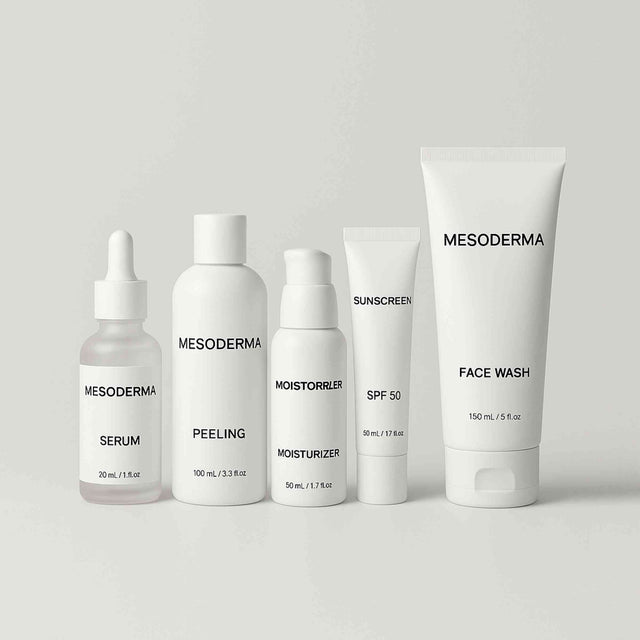
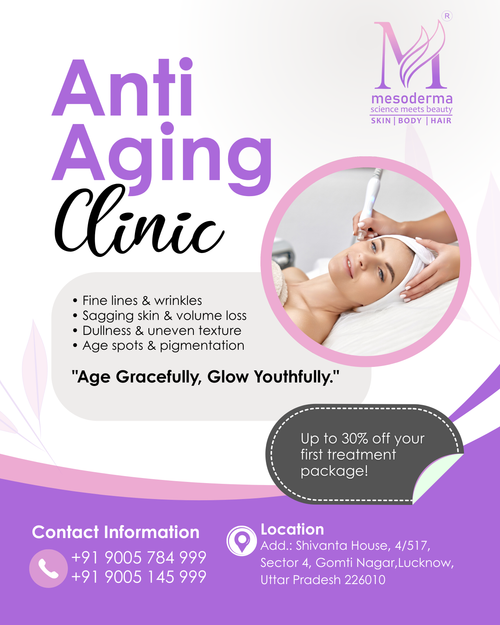

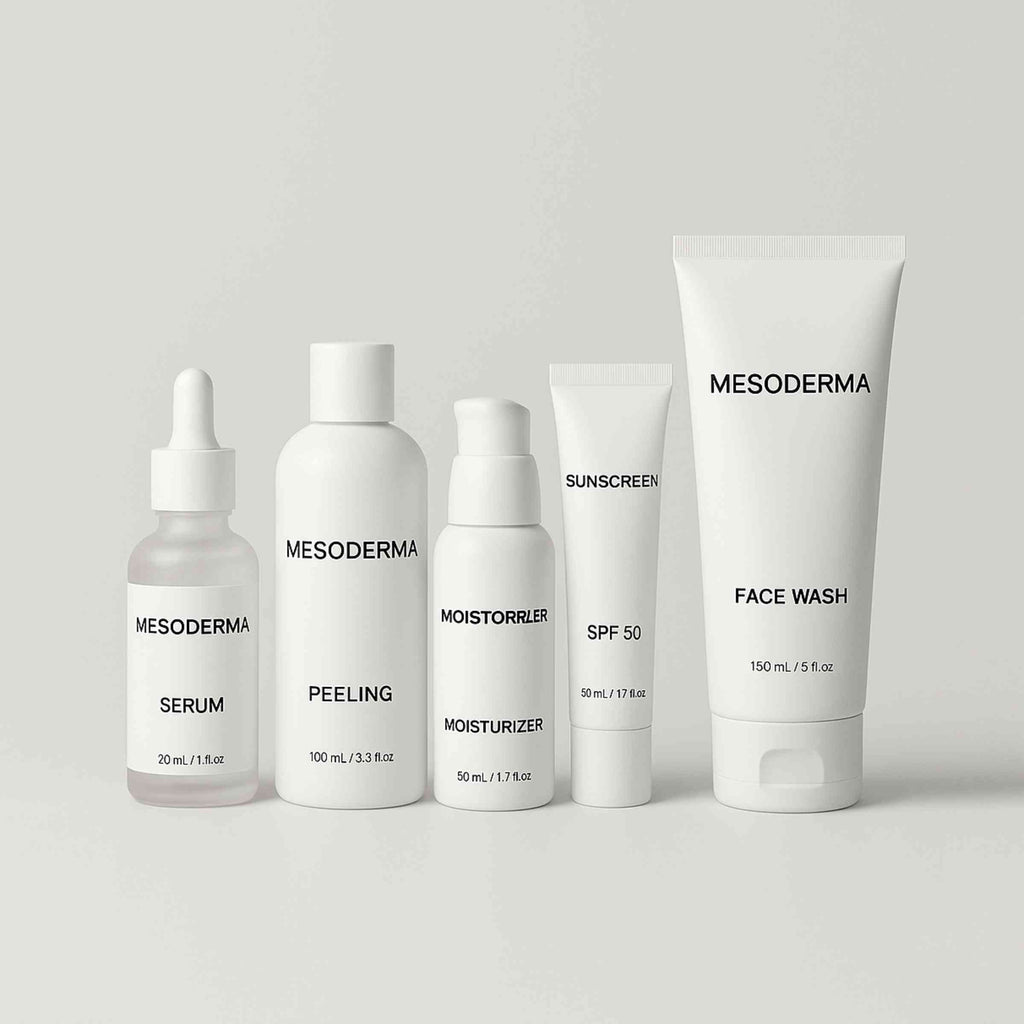
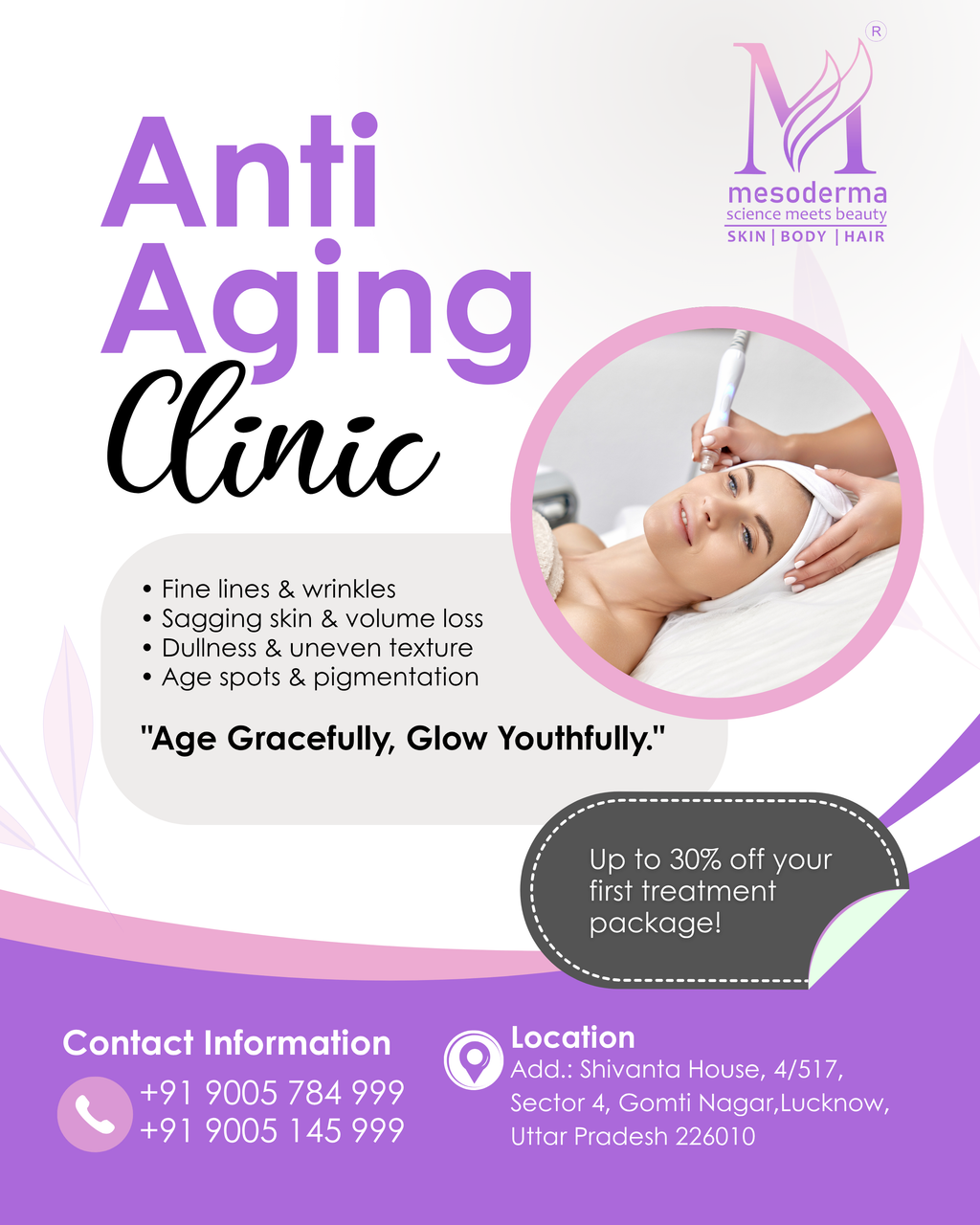

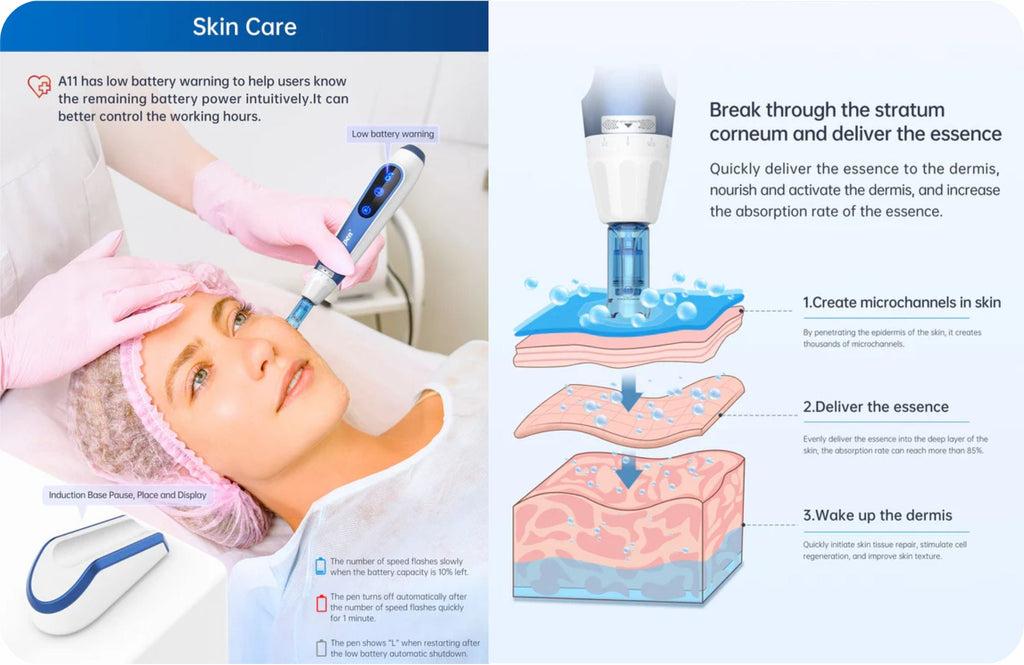
Leave a comment
All comments are moderated before being published.